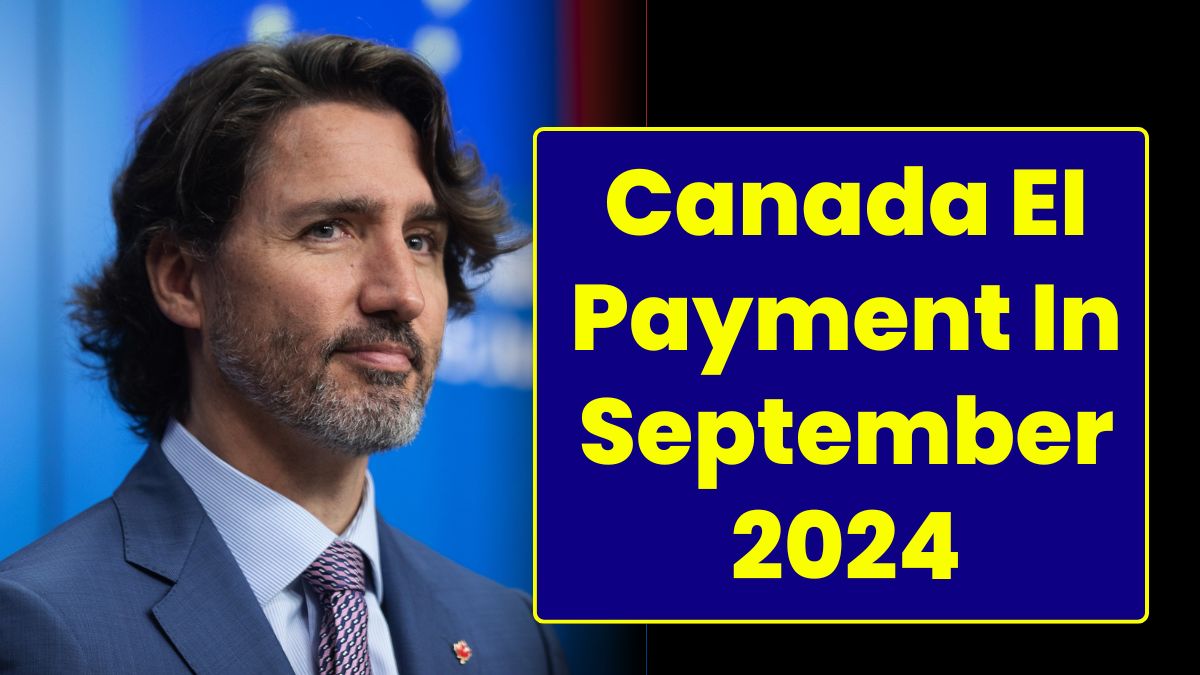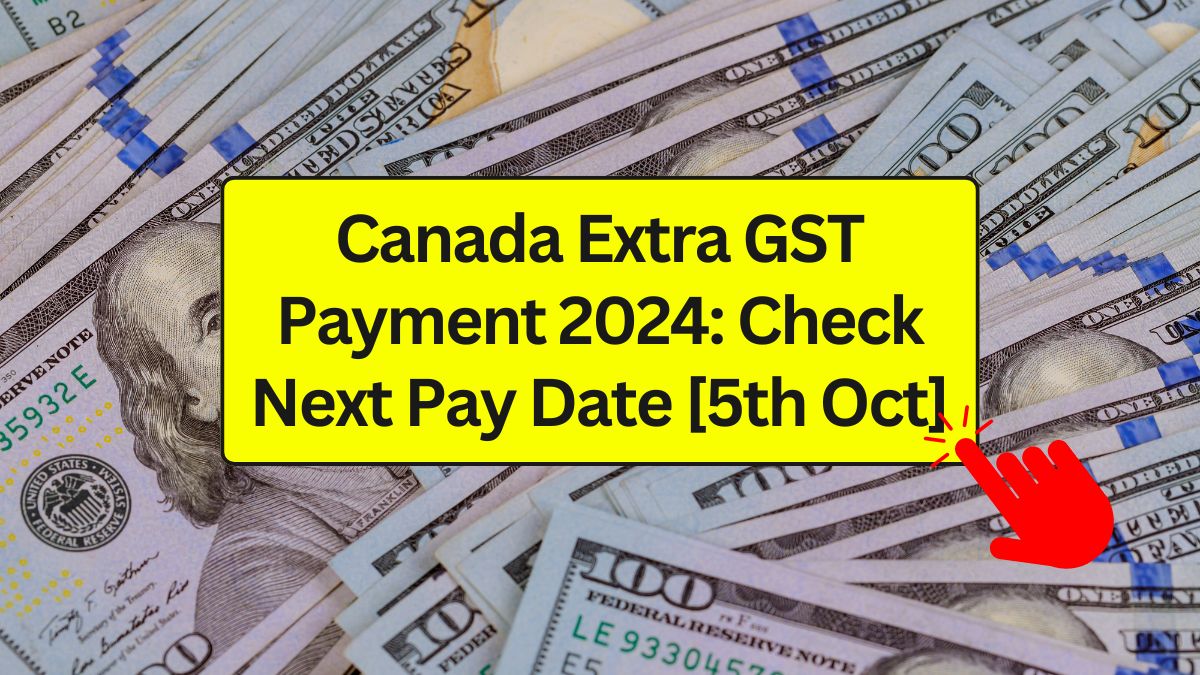Canada Disability Benefit Clawback :- In 2023, Bill C-22, also called the Canada Disability Benefit, became law, providing financial assistance to disabled Canadians of working age. Although details of eligibility requirements and benefit amounts are not provided, disability campaigners are celebrating the measure. Its passage comes at an opportune time: Canadians with disabilities are currently facing financial hardships to the point where some are considering receiving medical help in dying.
There were more than 8.8 billion dollars in benefits paid for long-term disabilities in 2021, or 20% of all benefits paid in Canada. You can check this page for Canada Disability Benefit Clawback and you must know Who Can Face a Disability Benefit Clawback in Canada?
Canada Disability Benefit Clawback
Canada Disability Benefit Clawback :- Following several years of delay, the Canada Disability Benefit became a law in 2023. In addition to current provincial and territorial income subsidies and other sources of income, the program aims to provide better disabled people with supplemental income. However, it is not intended to replace their income. Earnings from a job or employment are not included in it. More than 22% of working-age individuals with disabilities live in poverty, so the Canada Disability Benefit will help improve their quality of life.
Who is eligible to receive Canada Disability Benefits?
- As a national public insurance program, the Canada Pension Plan protects employees in retirement, sickness, and death from long-term wage disruptions. Contributors with a serious disability are paid disability benefits.
- It offers several significant benefits to children of disabled beneficiaries of the CPP. This benefit is not available through most other income security programs or private insurance. Since self-employed individuals are not qualified for workers’ compensation or employment insurance, it offers disability coverage to all working Canadians.
- Workers who are considered high risk are not charged higher premiums by the CPP, nor are they excluded based on their prior medical history. By adding a flat-rate component to the benefit computation, it accounts for some disability-related costs. The CPP provides coverage until retirement, disability recovery, or death. In contrast to most private insurers, it offers a full inflation guarantee.
Can Canadians be clawed back from disability benefits?
In a clawback clause, an employee is required to return funds received by their employer or beneficiary, sometimes with interest. Many businesses include clawback clauses in employee contracts for incentive-based compensation, such as bonuses. Financial companies are the most likely to use them.
Most clawback clauses cannot be altered. A clawback condition may apply to beneficiaries of the Canada Pension Plan Disability program, usually if the necessary information or documentation is not submitted. When citizens apply for a clawback issue, the money is typically recovered. CRA officials contact the public to provide them with the necessary information and help them understand the entire process.
What are the eligibility requirements for disability benefits in Canada?
A portion of the income of eligible CPP contributors under 65 with a severe and long-term disability can be replaced by benefits under the Canada Pension Plan Disability (CPPD). To be eligible for the CPPD program, two requirements must be met:
- The first requirement is that candidates contribute to the program for four of the past six years, with a minimum earning requirement in each of these years; for those with a contribution history of 25 years or more, there is a requirement for three of the previous six years.
- They must also be able to demonstrate that their impairments prevent them from working consistently in any profession that is significantly profitable, that the impairment is long-term and irreversible, or that it is likely to result in their death.
Example of CRA clawback provisions
Governments, insurance companies, and businesses have all used clawback clauses over the years. Some of the most common clawback clauses today are as follows:
- An executive can be penalized for violating contracts, mishandling confidential information, or joining a rival company if a clawback applies.
- Life insurance: A clause may specify that in the event of cancellation, the policy must be returned and payments made. You may be able to reclaim your dividends under certain circumstances.
- Contracts with the government: If certain conditions are not fulfilled, contractors may face clawbacks. Medicaid: Medicaid can recoup any post-death care costs.
- Fraudulent pensioners may have their pensions reclaimed if the company finds out that they have committed fraud or abused information.











